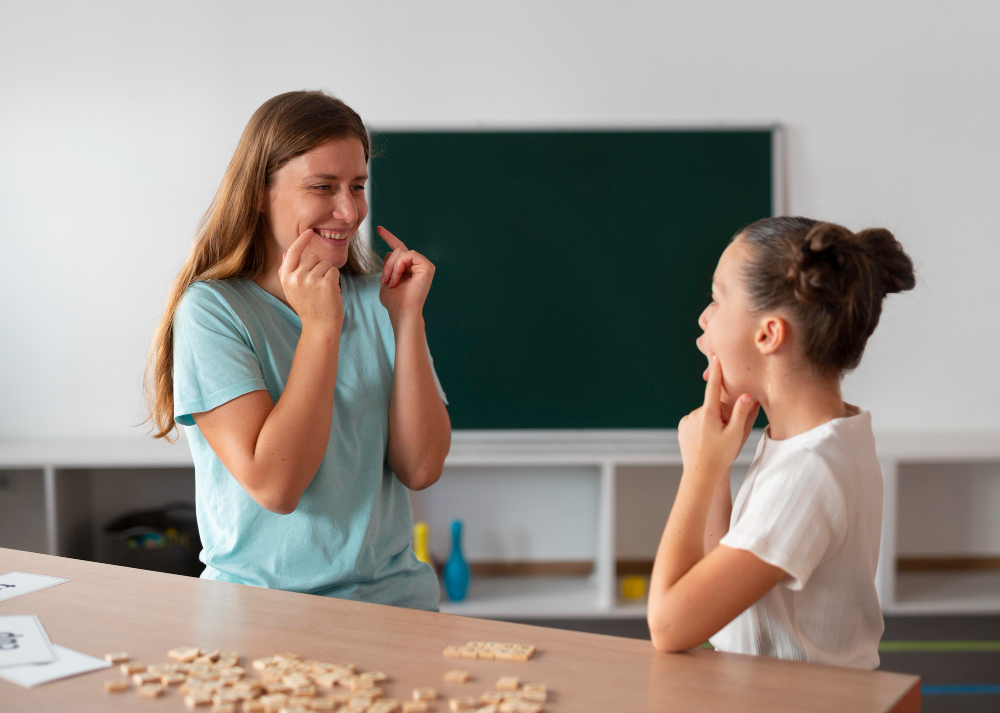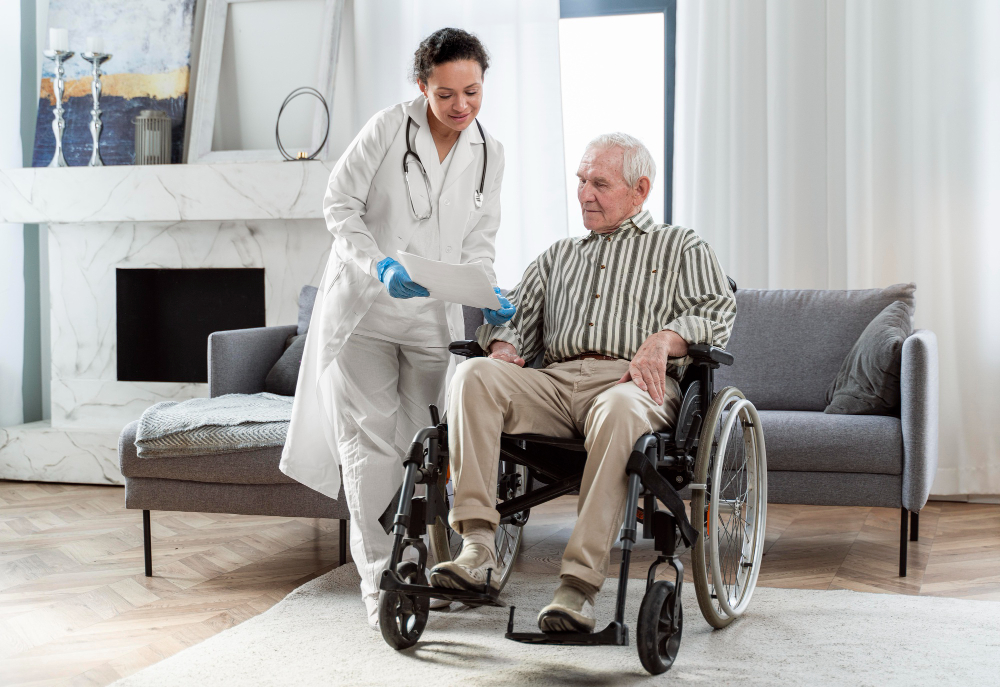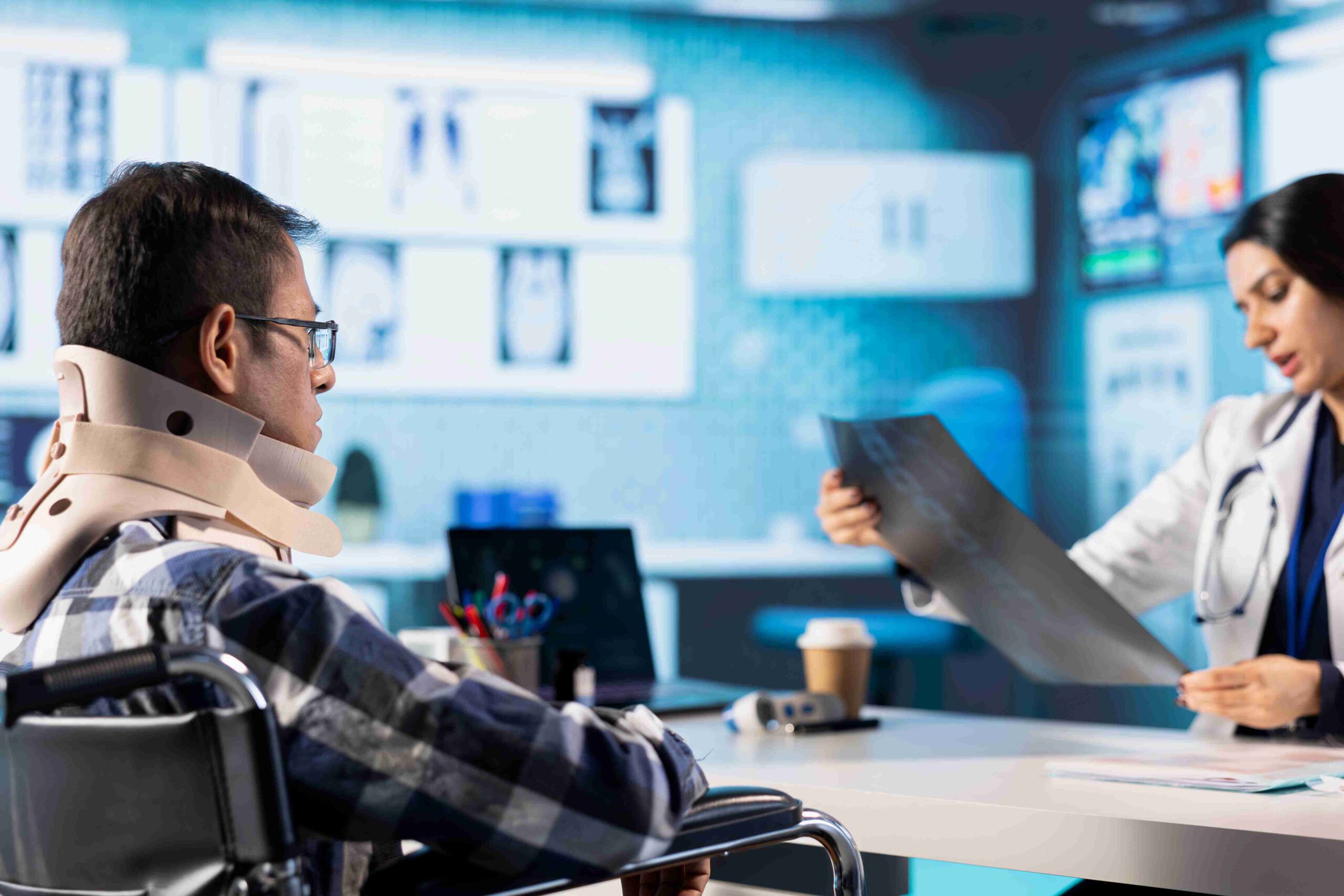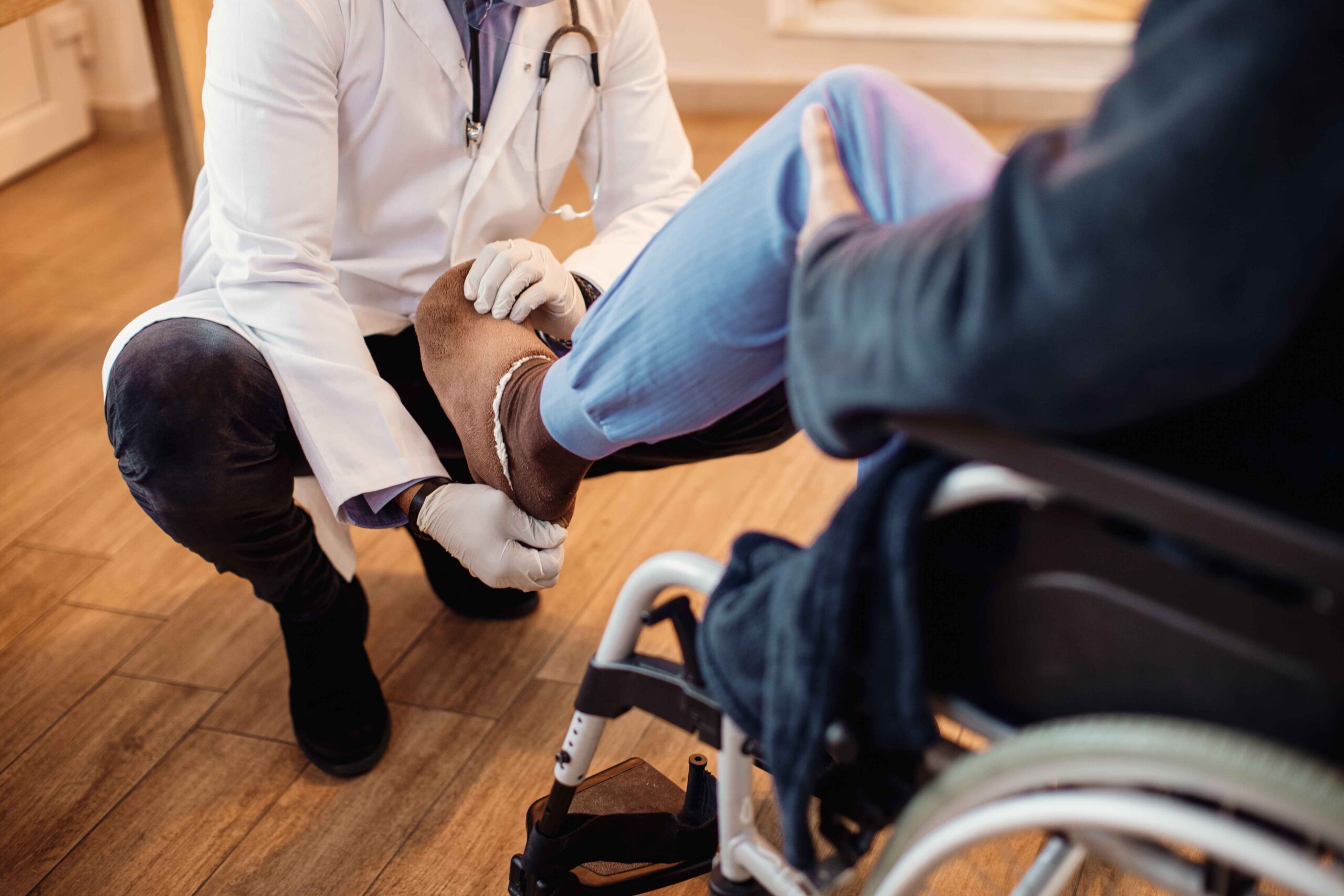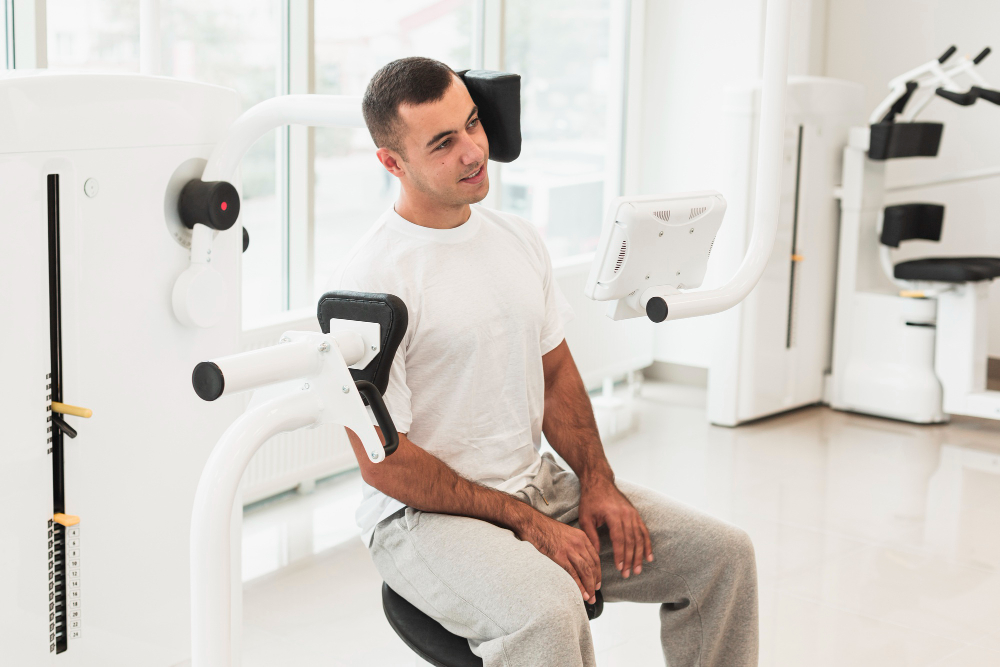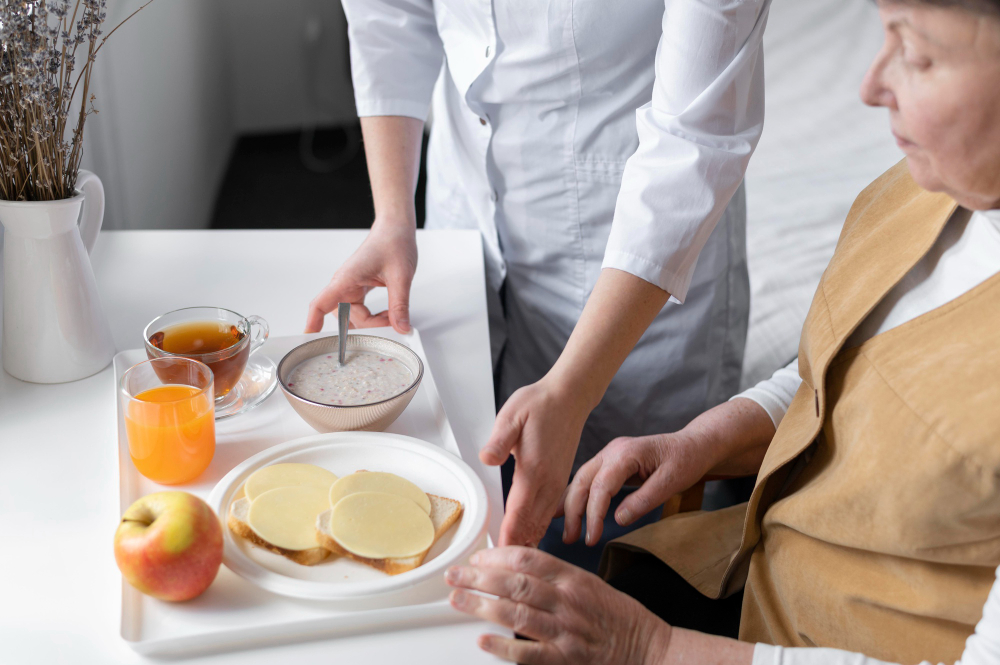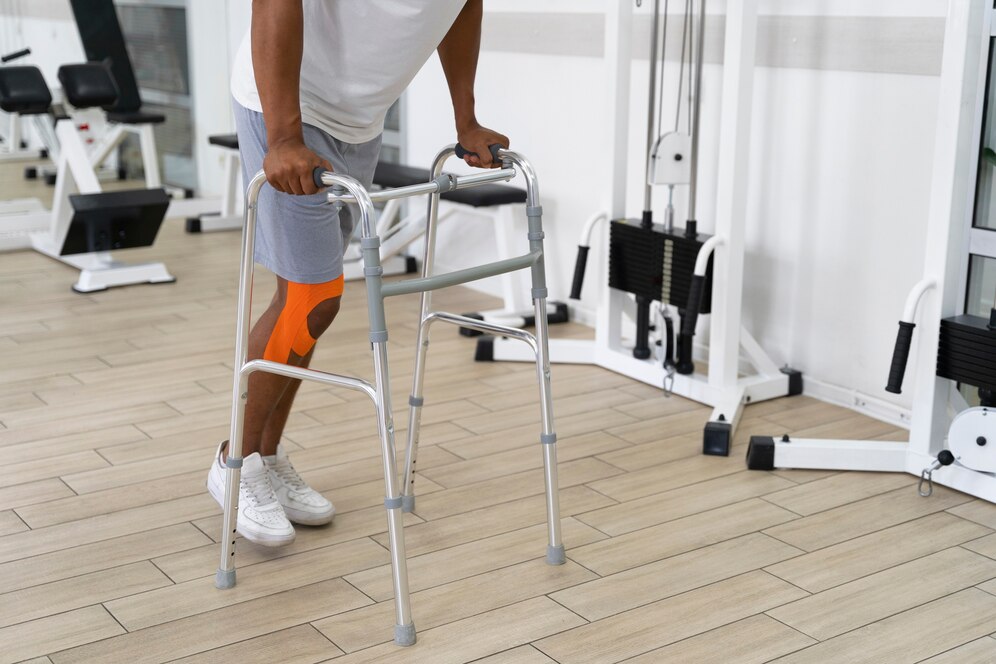
Last updated on by MRC
Paralysis, whether caused by injury or illness, can profoundly impact individuals, affecting mobility and daily life. This comprehensive guide explores various types of paralysis, their causes, and the latest advancements in rehabilitation options. From paralysis therapy and assistive devices to cutting-edge technologies, understanding these treatments is crucial for fostering recovery and improving quality of life. Whether you’re seeking insights for personal knowledge or supporting a loved one, navigating these rehabilitation avenues can offer hope and practical solutions toward regaining independence and mobility.
Paralysis is when you can’t move or feel parts of your body. It refers to the loss of muscle function in part of your body, typically resulting from damage to the nervous system. Paralysis happens when something goes wrong with your nerves or spine. It can be caused by injuries like falls or accidents, or by conditions like stroke or diseases. Depending on how bad it is and where it happens, paralysis can last a short time or be permanent. Paralysis treatment and paralysis therapy can help some people regain movement and live better.
When the body experiences paralysis, the specific effects depend on its underlying cause:
In reality, paralysis can manifest in numerous forms due to the countless ways the body can sustain injury. However, it can generally be categorized into four main types based on which part of the body is affected:
Monoplegia involves paralysis of a single part of the body, usually one limb. People with monoplegia typically have full control over the rest of their body but cannot move or feel sensations in the affected limb.
Causes include cerebral palsy, strokes, nerve damage, and brain injuries.
Paralysis recovery often involves physical therapy to restore function if nerves are not completely severed.
Hemiplegia affects one arm and one leg on the same side of the body. It ranges from tingling sensations and muscle weakness to complete paralysis.
Causes include cerebral palsy, spinal cord injuries, and neurological disorders.
Paralysis treatment involves therapies like physical and occupational therapy to improve function.
Paraplegia results in paralysis below the waist, affecting both legs and sometimes the lower body functions like bladder control.
It’s commonly caused by spinal cord injuries from accidents or infections.
Paralysis recovery varies, and physical therapy can help regain some function and independence.
Quadriplegia, also known as tetraplegia, affects all four limbs and the torso. It results from stroke, or temporary compression of spinal cord nerves or brain trauma, causing varying degrees of paralysis.
Paralysis therapy involves intensive rehabilitation to maximize independence and function, with some individuals experiencing partial recovery over time.
Facial paralysis refers to the condition where the muscles of the face are affected, resulting in difficulty speaking. It is frequently observed in people diagnosed with Bell’s palsy.
Each type of paralysis requires tailored paralysis treatment approaches, emphasizing rehabilitation to improve quality of life and functional abilities based on individual circumstances and injury severity.
Paralysis often presents with noticeable physical symptoms that can be identified early through careful observation and specific tests.
Signs of paralysis include muscle weakness, loss of muscle control, reduced or absent reflexes, muscle wasting (atrophy), limited range of motion, and difficulty moving limbs or body parts. Sensory changes like numbness or tingling may also occur, varying in intensity based on the type and severity of the condition.
A neurological assessment for paralysis involves evaluating muscle strength, tone, and reflex responses. Physicians also assess coordination, sensation, and how the body reacts to stimuli. Imaging techniques such as MRI or CT scans are used to visualize potential spinal cord or brain abnormalities. Nerve conduction studies and electromyography (EMG) help diagnose nerve-related issues contributing to paralysis.
Diagnostic tests for paralysis include MRI and CT scans to detect structural issues in the brain or spinal cord. Electromyography evaluates muscle and nerve function, while nerve conduction studies assess nerve damage. Blood tests may reveal underlying conditions, and X-rays are useful for identifying bone or joint problems. These diagnostic methods collectively assist in pinpointing the cause and severity of paralysis, guiding appropriate treatment strategies.
Rehabilitation for paralysis focuses on enhancing mobility, promoting independence, managing symptoms, and improving overall quality of life.
Physical therapy aims to improve mobility through tailored exercises. A therapist ensures exercises are performed correctly and safely.
For mild paralysis where you can move affected areas, continue active practice. In cases of complete paralysis without movement control, rely on a therapist or caregiver for passive movement. This stimulates the nervous system, promotes neuroplasticity, and reinforces neural functions through consistent practice, enhancing chances of recovery.
Recovery from paralysis is not always permanent. Many individuals regain motor control over time due to the nervous system’s ability to adapt and reorganize its neural connections, known as neuroplasticity.
Neuroplasticity is how the nervous system creates and adjusts neural pathways. It enables motor functions affected by neurological damage to be rerouted to undamaged areas of the brain or spinal cord.
Experience triggers neuroplasticity. Repetition strengthens neural pathways associated with specific tasks. Therefore, intensive movement training can enhance motor functions by reinforcing these pathways.
Occupational therapy is essential for individuals with paralysis to regain independence in daily activities such as grooming and eating. It focuses on practical training to develop skills necessary for self-care and to facilitate a return to work or school. Additionally, occupational therapists recommend adaptive tools and techniques to compensate for limited movement, promoting functional independence and improving quality of life.
Speech therapy plays a crucial role in helping individuals with facial paralysis strengthen their oral motor muscles. These muscles are vital for functions such as speaking, breathing, chewing, and swallowing. Through targeted exercises and activities, speech therapy aims to enhance communication skills and improve feeding abilities. For more severe cases of facial paralysis, speech therapists may introduce augmentative and alternative communication (AAC) devices, like voice generators, to facilitate effective communication with others.
Devices play a critical role in supporting individuals affected by paralysis. Wheelchairs enable mobility, while orthoses (braces) and splints provide support for weakened limbs. Communication aids, such as speech-generating devices or eye-tracking systems, facilitate interaction. Mobility tools like canes or walkers offer balance and stability. Adaptive technologies, including computer interfaces, allow individuals with limited mobility to access digital tools and resources effectively.
Psychotherapy for paralysis recovery can be beneficial for individuals experiencing mental health issues like depression or anxiety, as well as those adjusting to life with paralysis. This treatment focuses on identifying the root causes of negative thoughts and behaviors, and developing effective coping strategies.
Due to the unique experiences and challenges associated with paralysis, this paralysis therapy approaches vary from person to person. What proves effective for one individual may not necessarily work for another. Therefore, a personalized approach to paralysis treatment is recommended to address individual needs effectively.
Secondary complications like pain, muscle stiffness, and depression can hinder motivation for rehabilitation in individuals with paralysis. Medications may be prescribed to address these issues. If you’re experiencing mental health challenges due to paralysis, discuss with your doctor about potential medications that could alleviate these symptoms.
For optimal paralysis treatment, consider visiting specialized hospitals in Kolkata. These facilities offer comprehensive care, advanced equipment, state-of-the-art technology, and round-the-clock services. Ensure you receive the best possible treatment and support for your needs.
For comprehensive paralysis treatment, consider visiting the Medical Rehabilitation Center (MRC), a reliable paralysis hospital in Kolkata. Known for its state-of-the-art facilities and round-the-clock services, MRC offers specialized indoor rehabilitation services tailored for paralytics and individuals with multiple disabilities. The hospital is equipped with advanced gadgets and instruments including stand-in-frame, multiple exercisers, balancing board, specially designed plinths, and low height chairs, among others. These tools aid in enhancing mobility and functional independence.
MRC also provides a range of evaluation kits, upgraded Electrotherapy instruments, and psychotherapy and speech therapy kits essential for holistic care. The hospital ensures regular check-ups by Physiatrists and Rehabilitationists, who tailor treatment programs based on individual needs. With a team of qualified doctors managing medical and psychological issues associated with paralysis, MRC Hospital stands as a reliable destination for effective paralysis management and rehabilitation in Kolkata.
What are the main causes of paralysis?
Paralysis can stem from spinal cord injuries, strokes, neurological conditions, and traumatic brain injuries, each requiring tailored treatment approaches.
What are the key rehabilitation options for paralysis?
Rehabilitation typically includes physical therapy for mobility, occupational therapy for daily tasks, and speech therapy for facial paralysis. Assistive devices and medications may also play a role in managing symptoms.
Can paralysis be effectively treated?
While complete recovery varies, modern rehabilitation methods and specialized hospital treatments offer hope for improving quality of life and restoring function. Early intervention and personalized care plans are critical for optimal outcomes.
